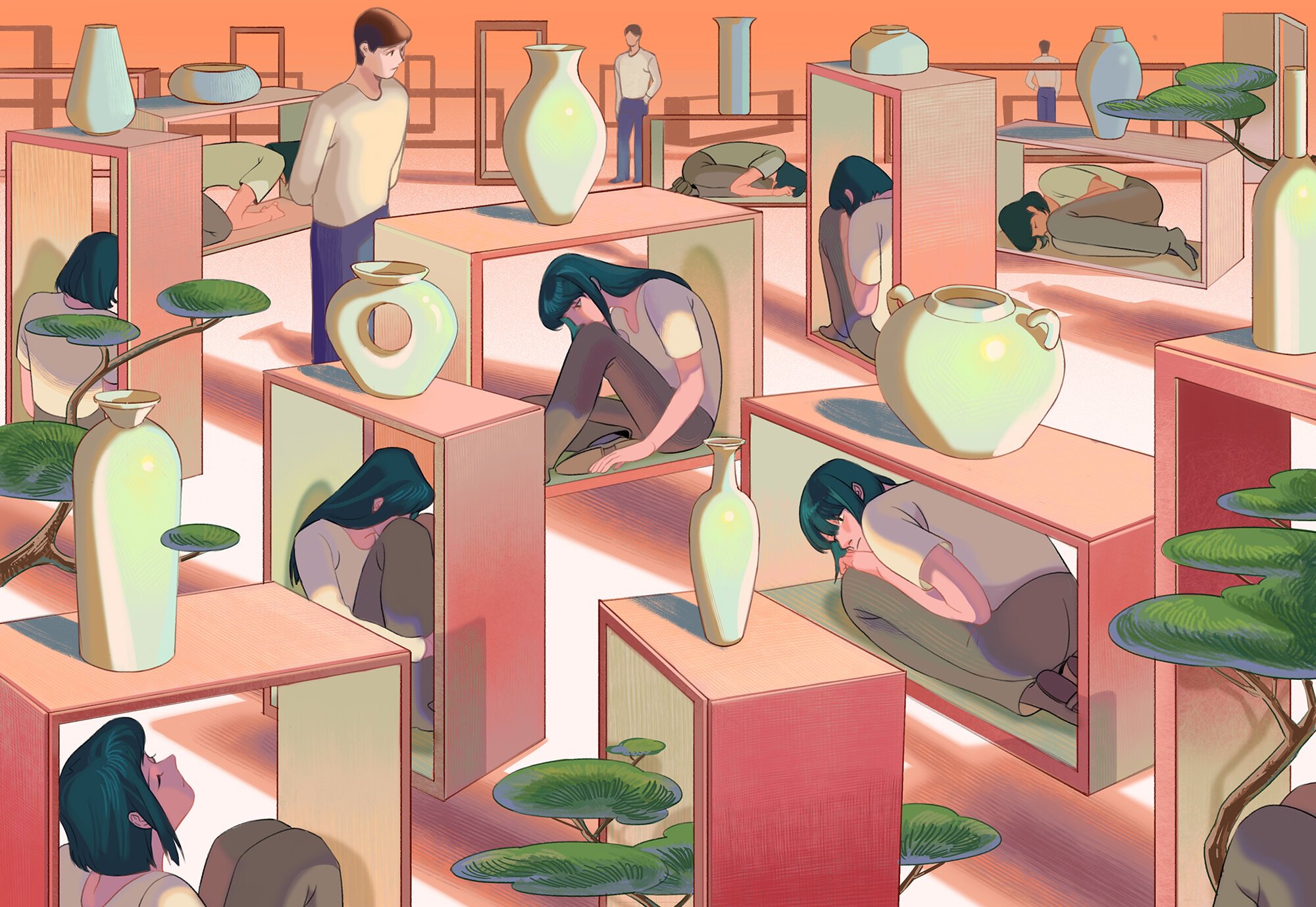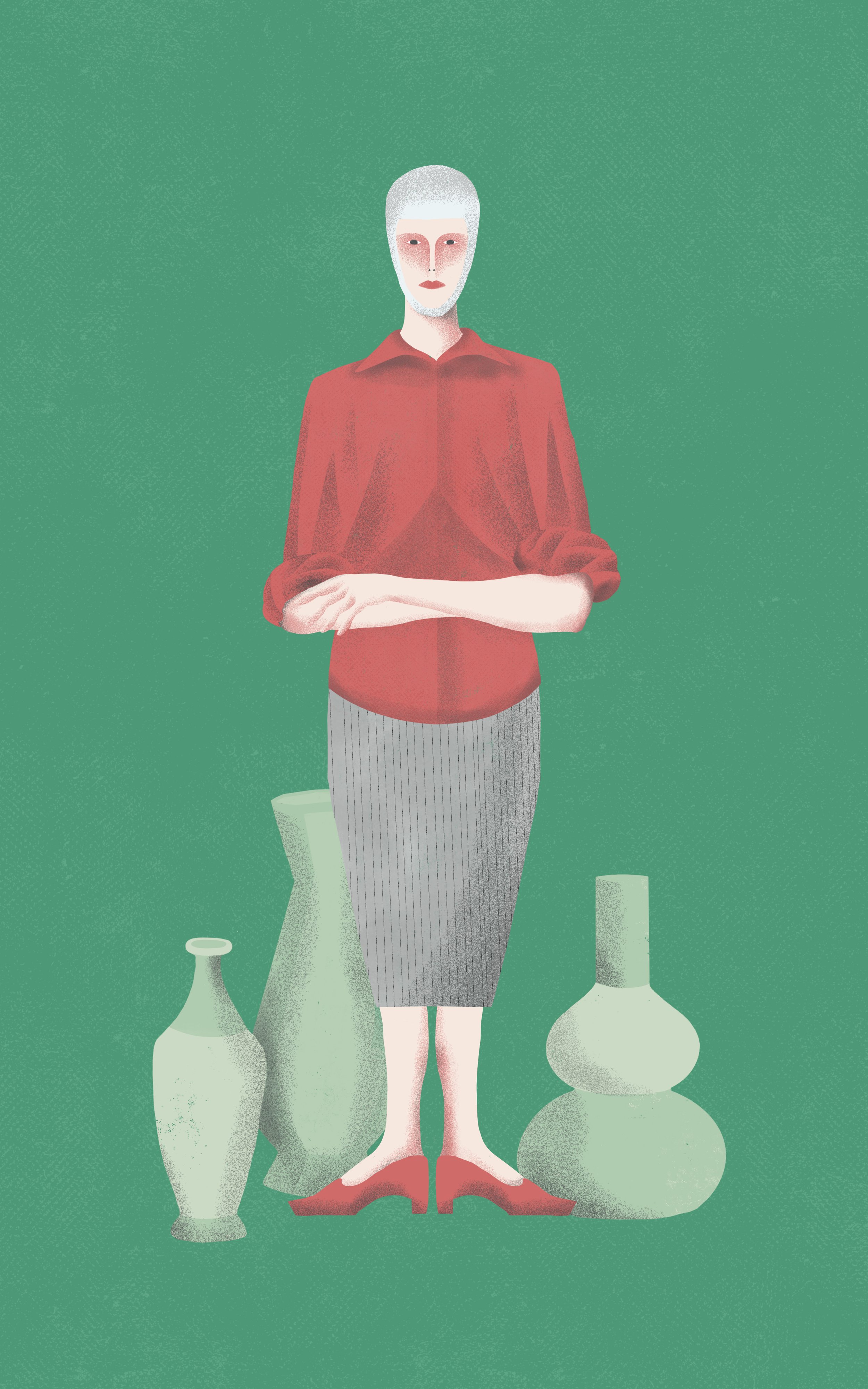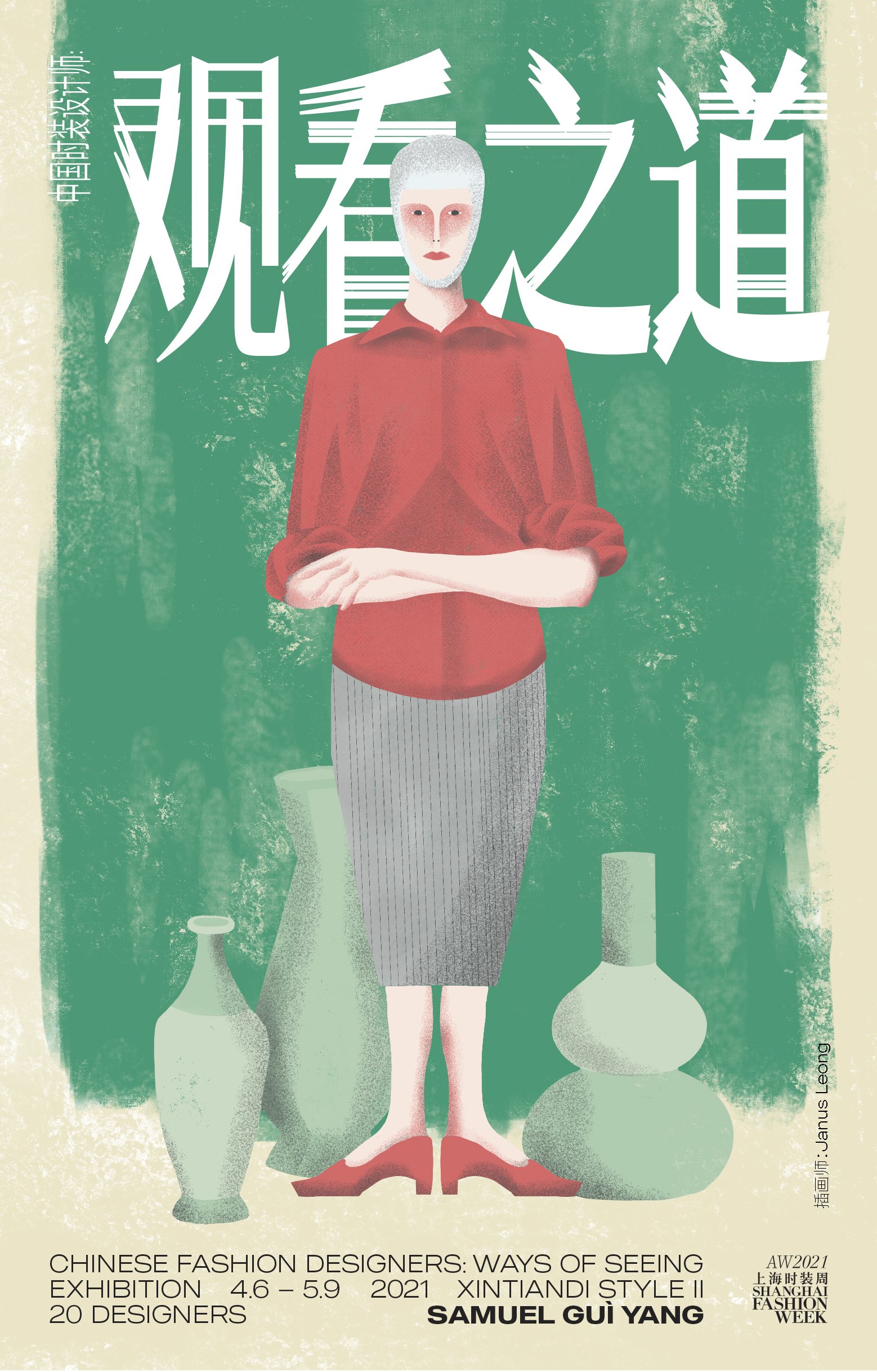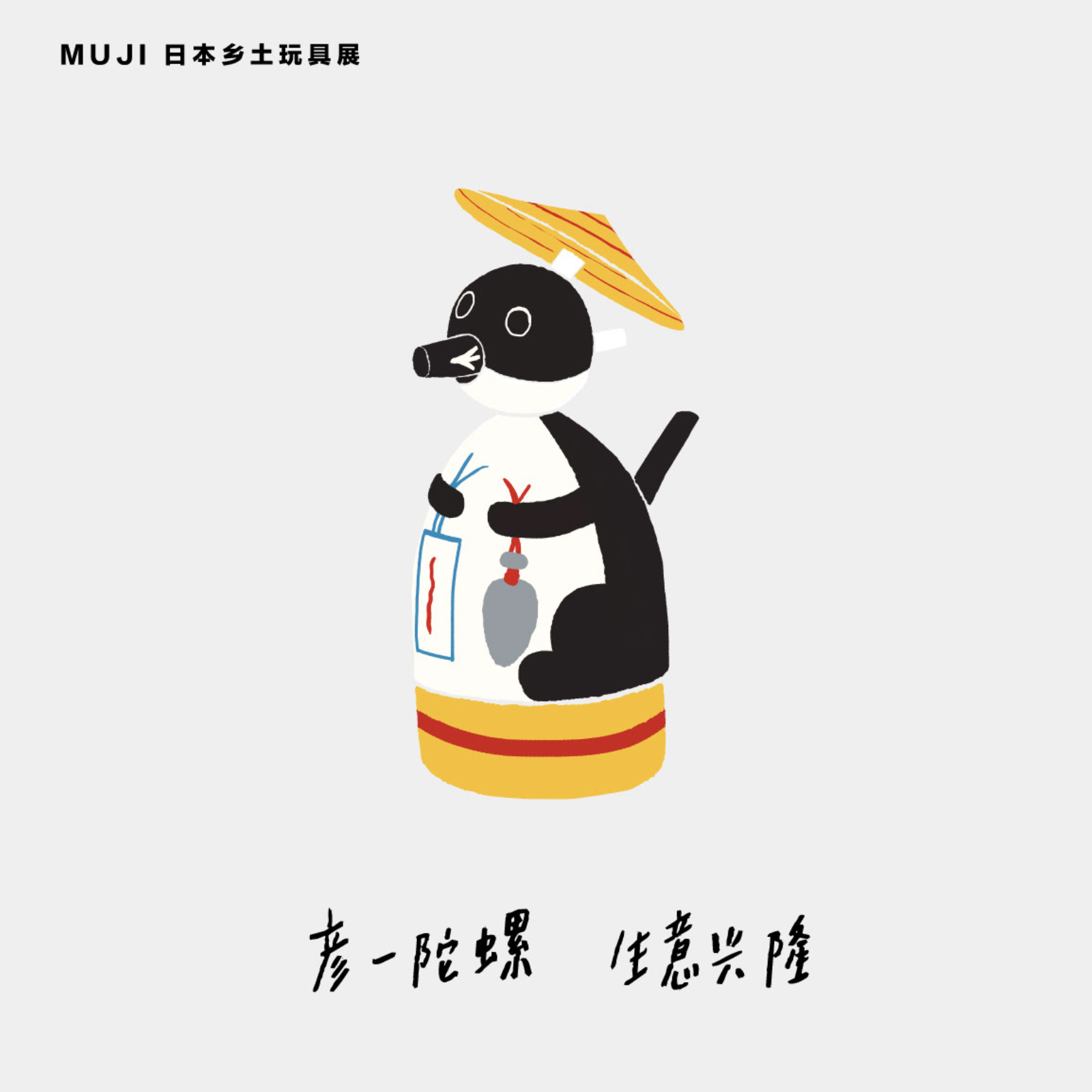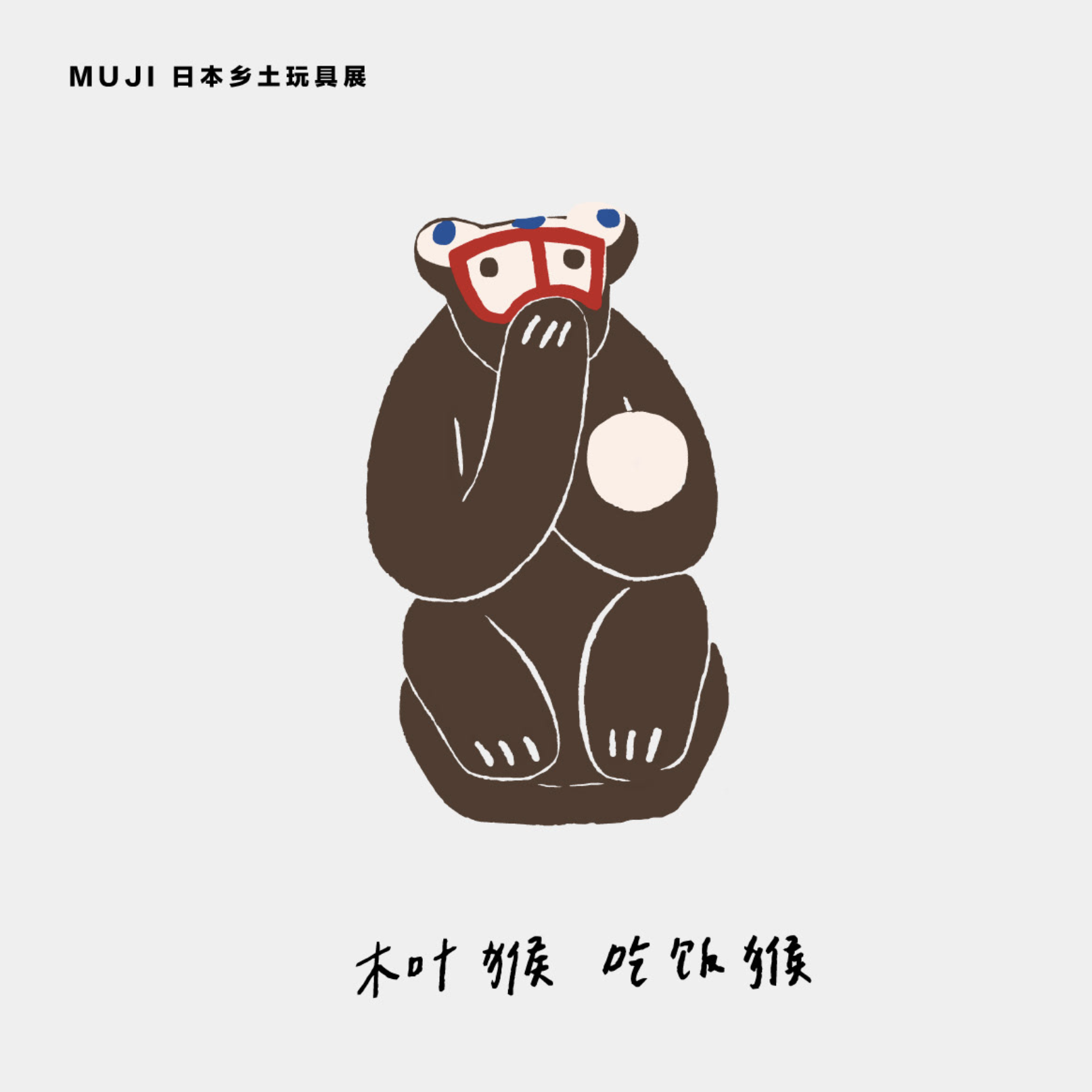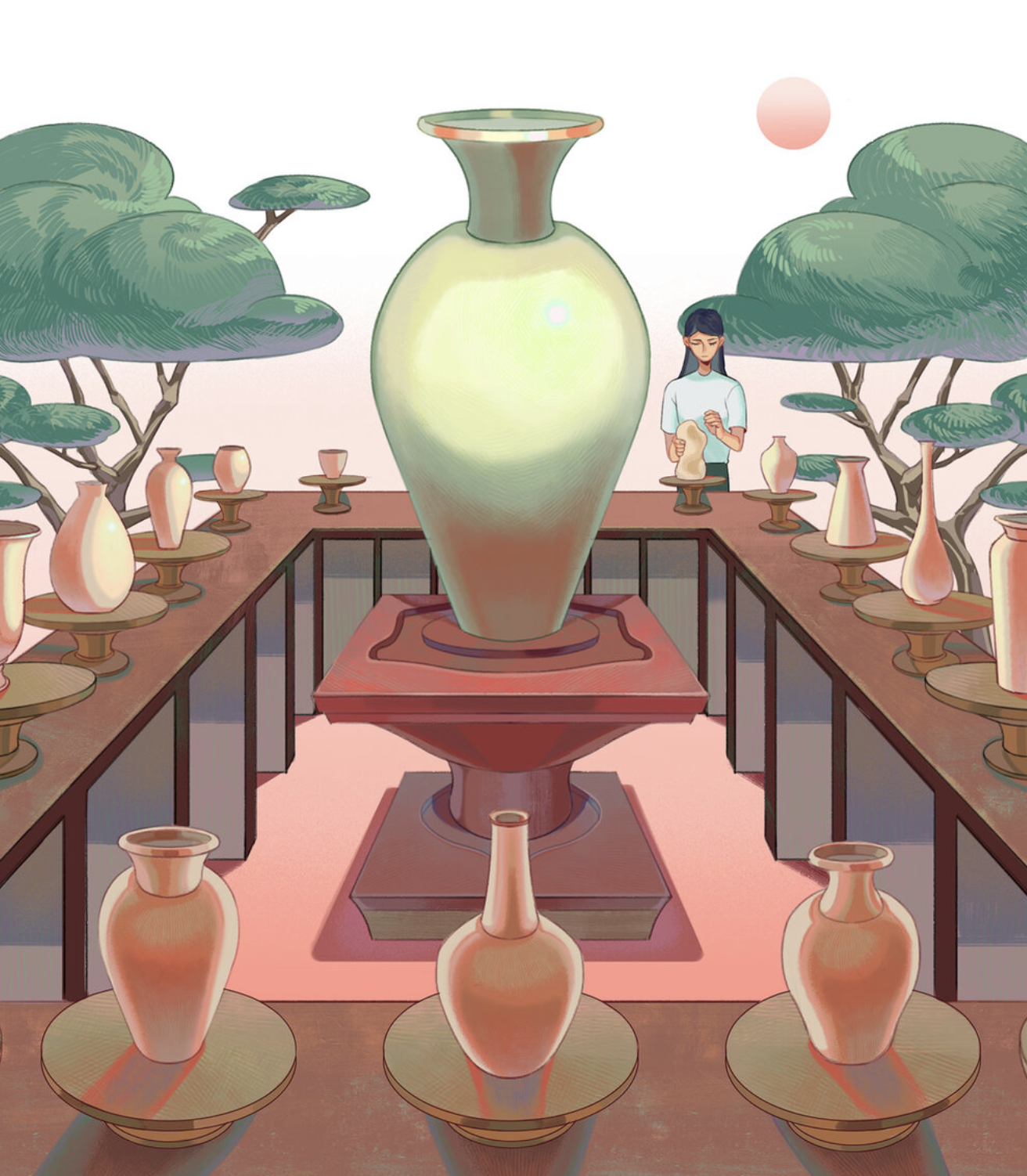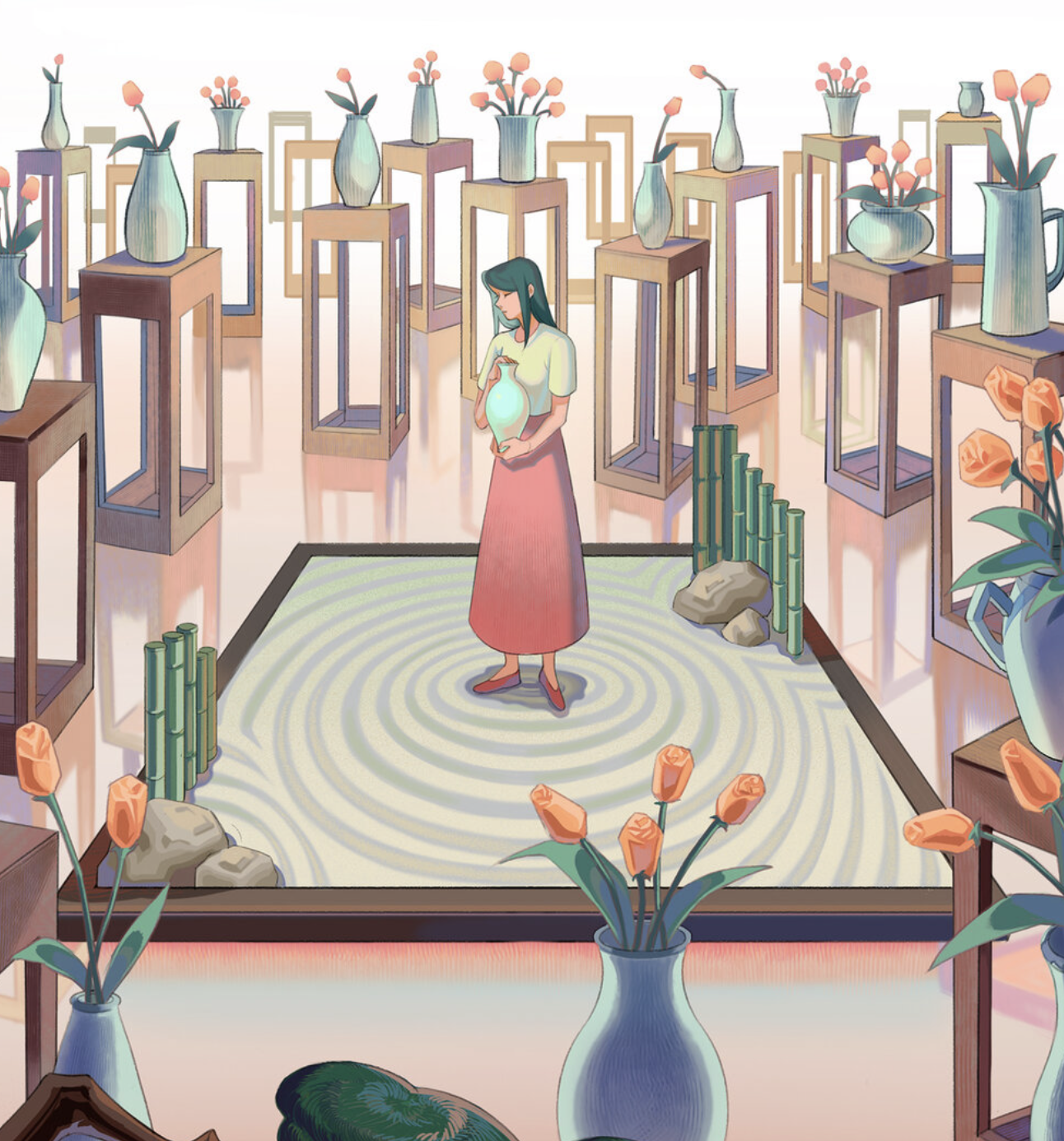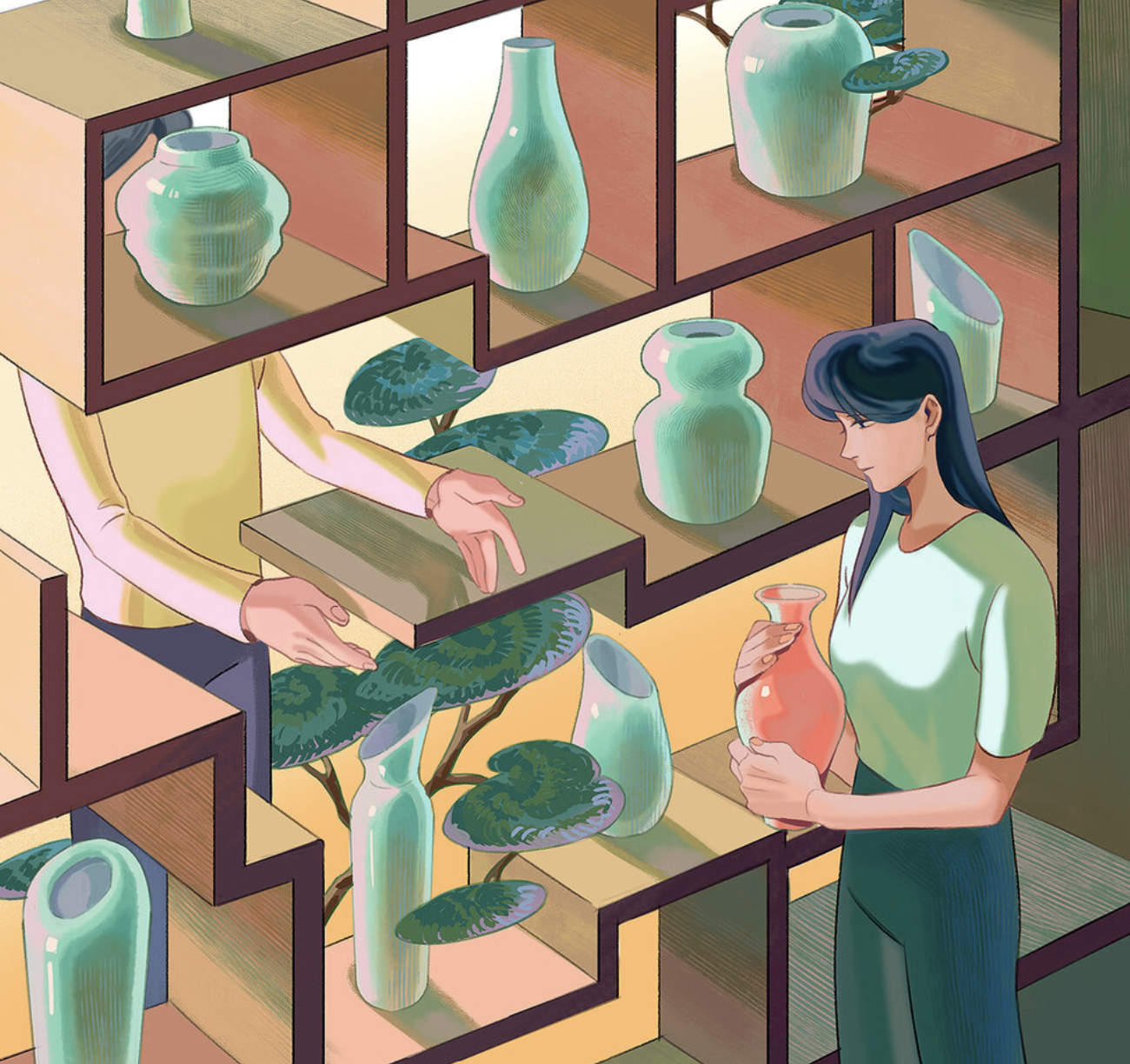Ceramics, Function and Art
Illustration by Jiawen Chen
Around two millennia ago in China, the art of crafting clay and pottery vessels emerged, initially for the practical purposes of storage, cooking, and transportation. Over time, the production of high-fired glazed ceramics, known as porcelain or china, flourished during the Shang dynasty (1700-1027 BC). Fast forward a thousand years, and ceramics, a profound invention of East Asian civilization, still play a prominent role in our daily lives, now serving a myriad of versatile purposes.
Originally prized for its durability, ceramics were ideal for crafting functional tools such as jars, cups, and vessels. As manufacturing techniques evolved, ceramics gradually transformed into objects of aesthetic beauty, blending both form and function. From ancient Greek Etruscan vessels to intricate porcelain artifacts, ceramics became decorative elements, enhancing our living environments. Today, in the realm of art, ceramics have acquired new meanings and purposes, as illustrated by the following examples.
Illustration by Janus Liang
Janus's artistic design for the poster of the Shanghai Fashion Week ingeniously incorporates ceramic pottery as a symbol of Chinese culture, aligning with the event's theme of "Chinese Fashion Designers: Ways of Seeing." Drawing upon the potent imagery of Chinese ceramics, Janus skillfully employs it as an object to be visually admired, much like the designer clothing showcased in the exhibition, while also imbuing it with cultural significance as a meaningful ideogram. The fusion of ceramic artistry and fashion design captures the essence of the event, evoking a sense of cultural pride and creativity, and adding a touch of sophistication to the poster's visual narrative.
Illustration by Aki Jiang
Illustration by Sang miao
Ceramic objects have played an integral role in the daily lives of the Japanese people since time immemorial. Beyond being mere playthings for children, they have been used for various spiritual purposes, such as for worship and exorcising evil spirits. These diverse puppets and ornaments take on different shapes, often influenced by local traditions and regions. One such example is the Daruma doll, which is commonly modeled after Bodhidharma and is revered as a symbol of perseverance and good fortune.
In Aki's illustrations, we see the depiction of a father and son-shaped Daruma doll, intended to bestow blessings upon the well-being of the family. The second illustration features a dolphin-colored Kappa ceramic toy, which is believed to bring prosperity to one's business endeavors. These Japanese ceramic toys showcase the spiritual significance that modern ceramic artifacts continue to hold, carrying on the legacy of their traditional use in bestowing blessings and conveying auspicious meanings in Japanese culture.
Illustration by Jiawen Chen
Similarly to Janus's utilization of ceramic artifacts in her illustrations, Jiawen Chen's creative artwork also draws upon the symbolic significance of fine ceramics, particularly porcelain. Through her illustrations, Chen skillfully juxtaposes human emotions with delicate porcelain vessels and artworks, giving tangible form to intangible feelings. The fragility and intricacy of the porcelain objects depicted in her illustrations seem to reflect the delicate and nuanced nature of human emotions, evoking a sense of vulnerability and sensitivity.
Chen's artistic approach highlights the deep connection between human emotions and the beauty of porcelain, showcasing how art can transcend mediums and capture the complexity of human experiences. The use of porcelain as a symbolic element in her illustrations adds depth and meaning to her artwork, inviting viewers to contemplate the intersection of emotions and artistry in a profound and thought-provoking way.


